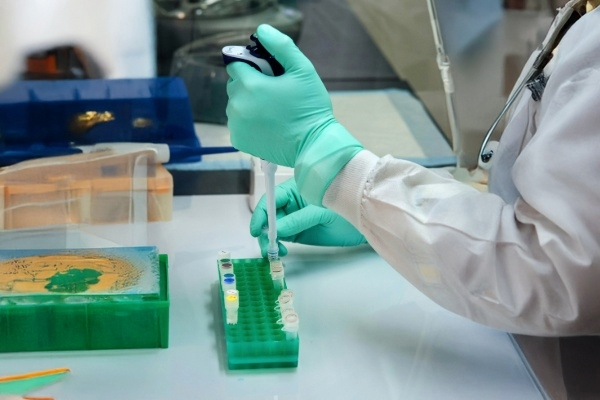
Many businesses perform research and development (R&D) every day without realizing it qualifies for one of the most valuable tax credits available. The R&D tax credit rewards companies that solve problems, test new ideas, or improve processes. From engineering to software development to manufacturing, activities that involve experimentation and technical uncertainty often qualify.
This guide breaks down what counts as R&D for tax purposes, how the IRS defines “qualified research,” and what expenses can be included.
The federal Research and Development Tax Credit (IRC Section 41) was created to encourage innovation in the United States. It rewards companies that invest time, talent, and resources into improving products, processes, or technologies, whether or not the outcome is successful.
In practice, that means many everyday business activities count as R&D, even when companies don’t call them that.
To qualify for the R&D tax credit, an activity must meet all four parts of the IRS’s Four-Part Test:
If your project or process checks these four boxes, it likely qualifies.
Many companies assume they need laboratories or scientists to qualify for R&D credits, but the IRS’s definition is much broader.
Here are examples by industry:
If your team experiments to improve how something works, it’s worth evaluating under the R&D credit.
Once qualifying activities are identified, eligible expenses are grouped as Qualified Research Expenses (QREs):
These expenses form the basis for the credit calculation and, when properly documented, can result in substantial savings.
Certain activities fall outside the IRS’s definition of qualified research, such as:
While these exclusions exist, they’re often narrower than many businesses think; meaning more work usually qualifies than expected.
Even companies that are highly innovative often fail to claim the R&D credit for one of three reasons:
The result: millions in missed credits every year across industries.
A proper R&D credit study identifies:
Specialists bridge the gap between the technical and the financial, ensuring that the credit is both maximized and defensible.
While perfect records aren’t required, reasonable evidence is. Strong documentation might include:
Good documentation builds a defensible claim.
With Section 174 capitalization rules still evolving and innovation driving competitiveness across industries, 2025 is shaping up to be a critical year for proactive R&D planning.
Businesses that:
will see significantly higher returns than those who wait until tax season.
At B10 Capital, we combine deep tax experience with technical understanding across multiple industries. Our team:
The result: maximum credits, minimal risk, and full confidence in your claim.
If your business designs, tests, or improves products or processes, chances are you’re performing qualified R&D. Whether you’re in construction, software, manufacturing, or entertainment, the key is recognizing (and documenting) the innovation already happening in your company.
The R&D tax credit exists to reward exactly that.
Curious whether your business activities qualify?
Contact B10 Capital today for an eligibility review. We’ll help you identify qualifying work, calculate your potential benefit, and ensure your claim is 100% compliant and defensible.
Insights into sophisticated tax benefits designed for high-net-worth individuals and businesses.